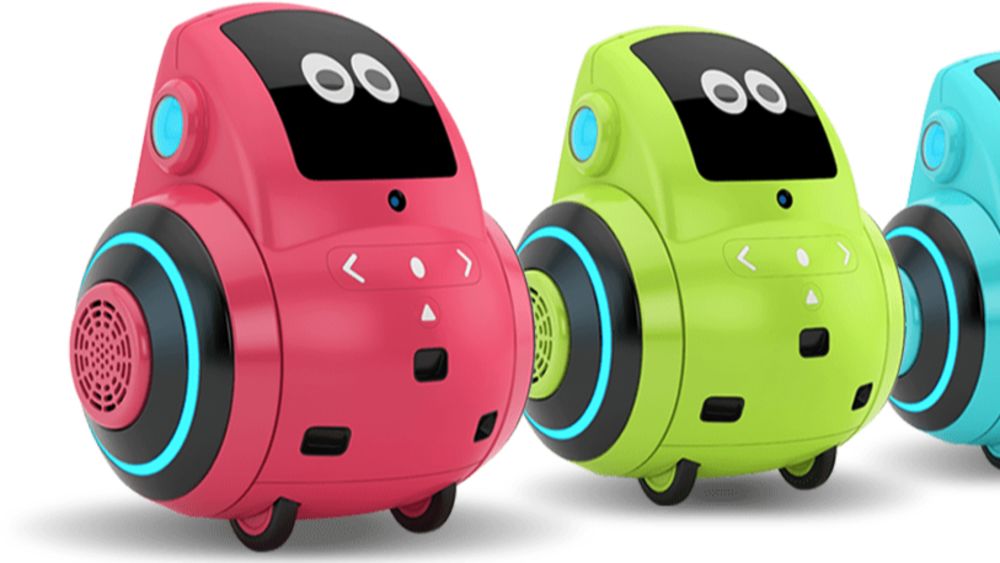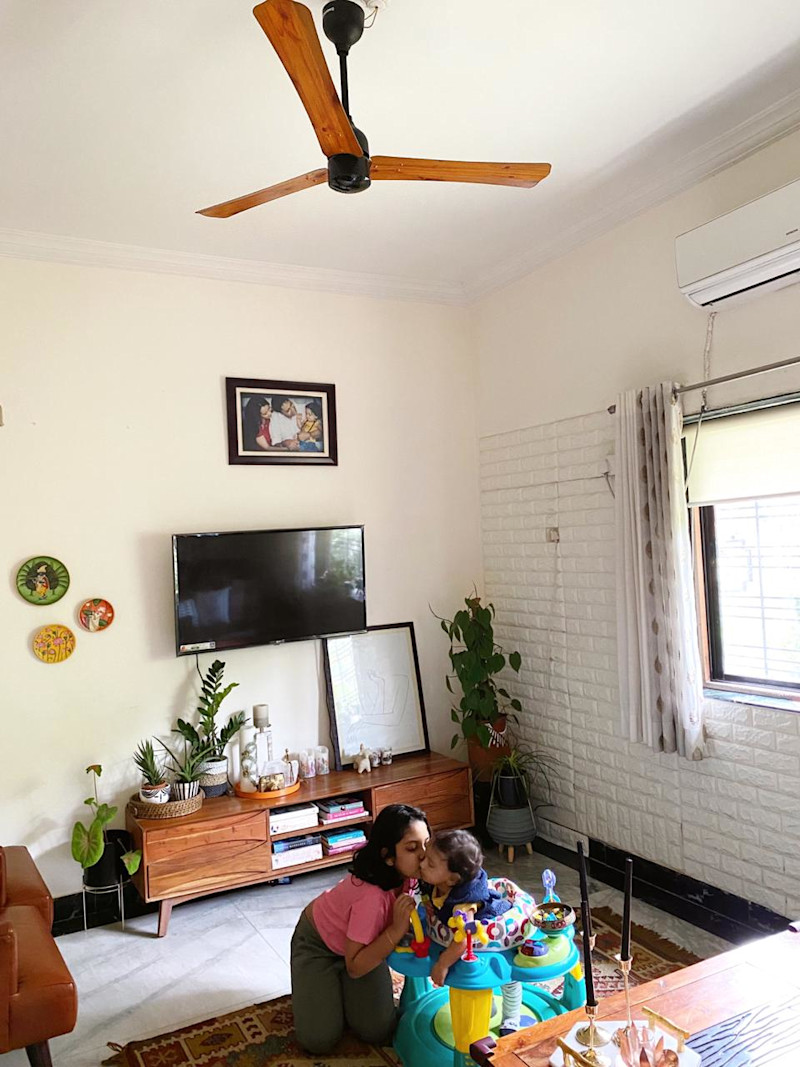- Iterate
- Meet The Team
- Five Indian Startups Shaping the Consumer Electronics Industry
Five Indian Startups Shaping the Consumer Electronics Industry
Table of contents
As the overall startup ecosystem grows, manufacturing capabilities strengthen, and local supply chains get more robust, India is seeing a steady rise in successful consumer electronics companies.

In 2014, the Indian government launched the ‘Make in India’ initiative with the goal to transform India into a global technology and manufacturing hub. While this led to a surge in software and digital innovation, with over 55,000 new startups created and $63 billion dollars of funding invested since 2015, consumer electronics startups were few and far between. Locally, the industry was dominated by high-end brands like Apple and Samsung, or more affordable brands from China such as Xiaomi. Indian companies struggled to source raw materials locally, relying heavily on China, which, coupled with high import duties, made it difficult to build fast growing companies in this segment.
Now, as the overall startup ecosystem grows, manufacturing capabilities strengthen, and local supply chains get more robust, India is seeing a steady rise in successful consumer electronics companies. Here are five of the fastest-growing consumer electronics startups that have emerged out of India.
boAT
Launched in 2016 by Aman Gupta and Sameer Mehta, boAt is currently making headlines with its recent $100 million Series B raise from Warburg Pincus, a New-York based private equity firm. This lifestyle brand first gained popularity with its affordable headphones and later diversified into other products including speakers, portable chargers, and premium cables. BoAt retails through its own website as well as e-commerce giants like Amazon and Flipkart.
Up until 2020, the company had sourced its raw materials from China. However, with India closing its borders during the pandemic and rising political tensions between the two countries, the company plans on building domestic R&D capabilities and carrying out vertical integration.
With 150 employees, $70+ million in revenues, and 2.6% of the global wearables market share, boAT is the No. 1 player in the Indian wearables market and 5th largest globally.

Noise
The increased adoption of smartphones in India has also led to an increased demand for mobile accessories. Founded in 2014 by pilot Amit Khatri and his cousin Gaurav Khatri, and bootstrapped since day 1, Noise started out as a smartphone case company with 500 initial designs. It has now evolved into one of India’s leading lifestyle brands for well-designed wearables and wireless headphones.
A household name with India’s millennials, two things work for Noise: Affordability and limited SKUs. With all its products priced at less than $100, Noise is able to tap into a broader customer base and also see high repeat purchases (30%). Secondly, aware that this is a cluttered market, Noise intentionally veered away from making “something for everybody” and has a limited range of 19 products in its two categories.
Noise has an in-house design team that works with large scale ODM (Original Design Manufacturers) in China. With $350,000 in monthly GMV (Gross Margin Value) and 1 million customers, the company plans to boost its sales by building an offline presence by 2022.
Miko
Started in 2015 by Sneh Vaswani, Prashant Iyengar and Chitan Raika, Miko is an advanced robotics company whose first product is a companion toy for children. The robot, also called Miko, was built with the goal of creating a trusted gateway to technology for children that can be easily substituted for screen addiction. It makes learning more engaging through its in-house developed curriculum, responds to the child’s moods to have meaningful chats, and also narrates stories, sings, dances and plays. At the cusp of education, technology and entertainment, is meant to act as an enabler to effective parenting.
Priced at $300, Miko has a user-base across 90 countries and sees over 70 million interactions on its platform. During the pandemic, the company saw a 20% monthly growth as learning shifted home.
Miko has raised $14.9 million to date and has a 120-person team of roboticists, academicians and neuropsychologists. In the next 2 years, the company plans to reach 20 million homes and also expand into product offerings for the elderly.
Lava International
By 2022, India is expected to have 820 million smartphone users, up from just 250 million in 2015. Founded right before India’s internet wave in 2009 by Chairman Hari Om Rai, and three others, Lava International manufactures smartphones, basic phones and laptops for emerging economies. Headquartered in India, the company has operations in 12 countries across South and Southeast Asia, the Middle East, and Latin America, and offers eight models of smartphones (ranging from $50 and $200), 16 models of feature phones (~$20), and 3 models of laptops (~$150).
Now, facing increased competition from Xiaomi and other Asian brands, Lava has also entered the B2B space by manufacturing phones for Nokia. The company is also in talks with American telecom players to make unbranded handsets. Lava has also slowed its sourcing from China and is establishing a mobile phone design center as well as more manufacturing sites across India. Its current production capabilities are 26 million smartphones and 40 million feature phones per year.
Atomberg
Atomberg, a company that manufactures smart and energy efficient fans, was founded in 2012 by college friends Sibabrata Das and Manoj Meena. For the first 3 years, Atomberg was into B2B hardware components manufacturing, but after gaining expertise in brushless DC electric motors (BLDC), a novel energy saving technology, the company decided to enter the consumer market.
"There are 250 million ceiling fans running in India today,” Meena shared in an interview. "Most of these fans consume 80-100 watts, and the more years a fan is used, the power consumption keeps increasing by 4-5% each year."
Atomberg’s fans consume 65% less energy than older fans, at just 28 watts at full speed, and include other smart features like remote and voice control as well as a sleep/timer mode.
The company has production capabilities of over 100,000 fans per month, distribution networks across 100 cities, and has sold over a million fans at an average price point of $40. Atomberg recently raised a $10 million Series B round, bringing its total investment capital to $22 million, and plans to expand into other consumer durable categories.

--
The Org is a professional community where transparent companies can show off their team to the world. Join your company here to add yourself to the org chart!
In this article


The ORG helps
you hire great
candidates
Free to use – try today